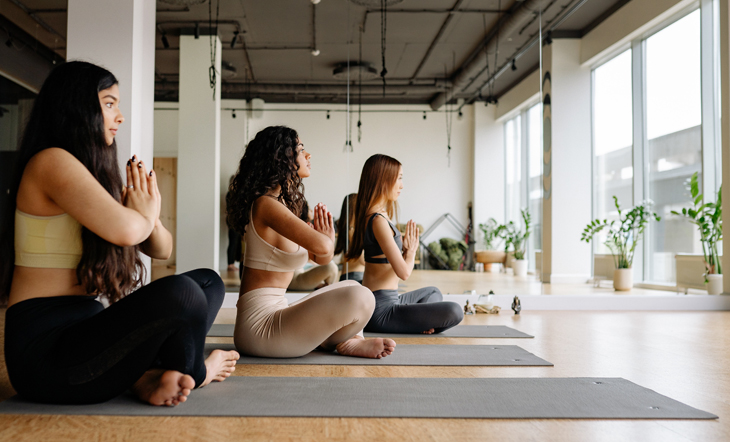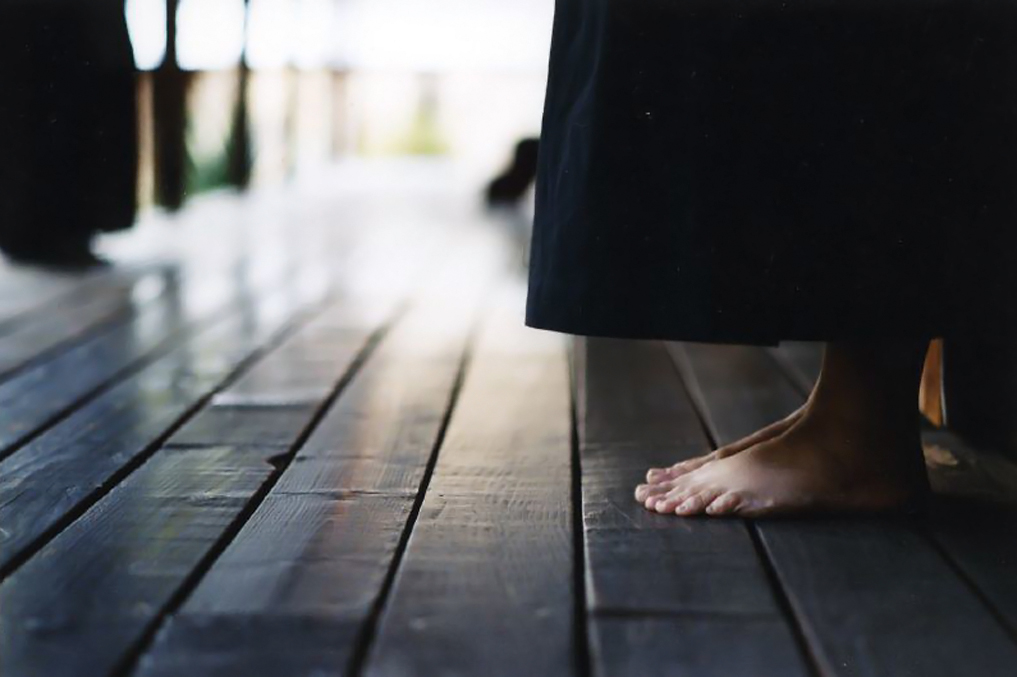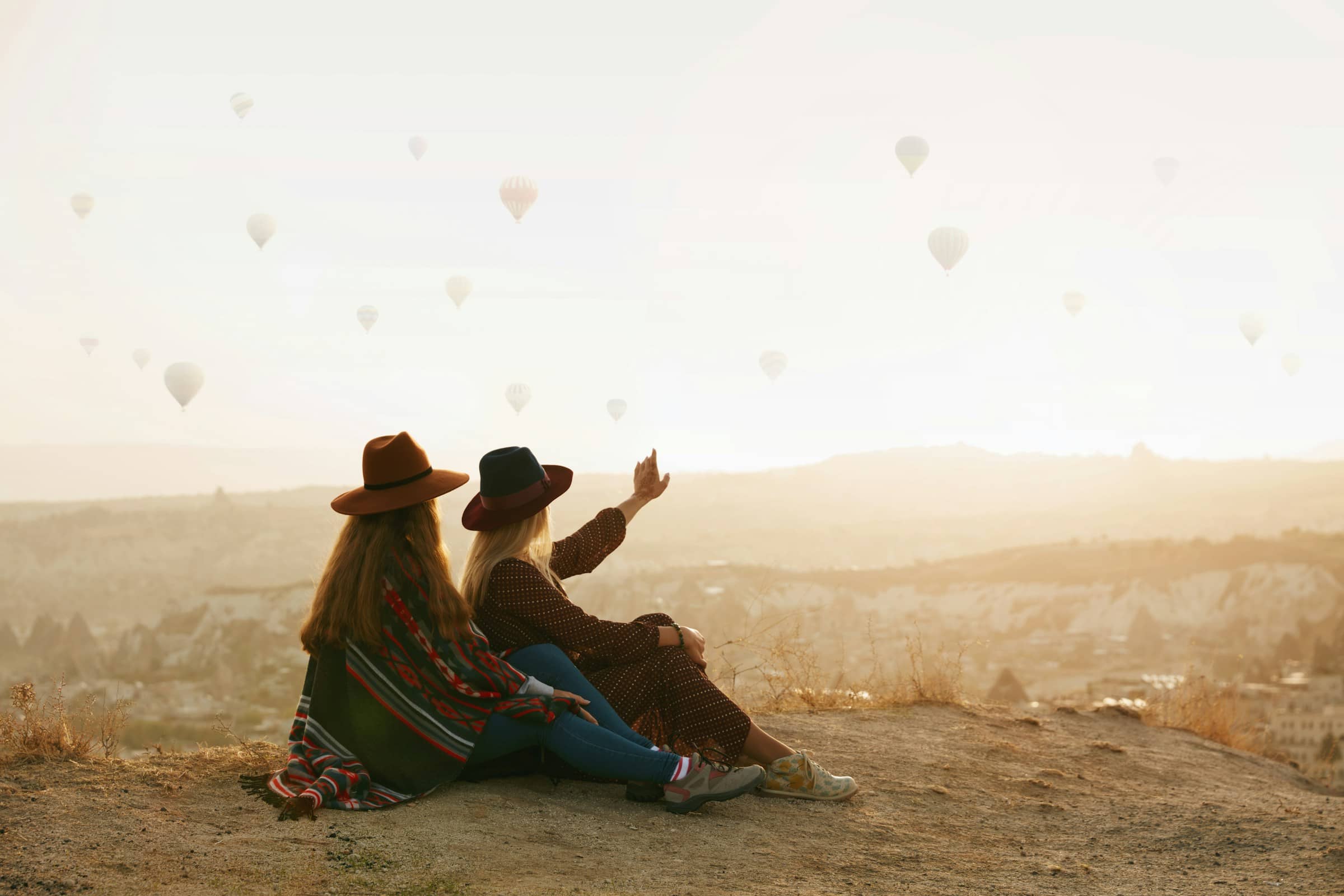Sitting Nowhere Leaving No Traces
A meditator learns that the zendo is wherever you sit. The post Sitting Nowhere Leaving No Traces appeared first on Tricycle: The Buddhist Review.
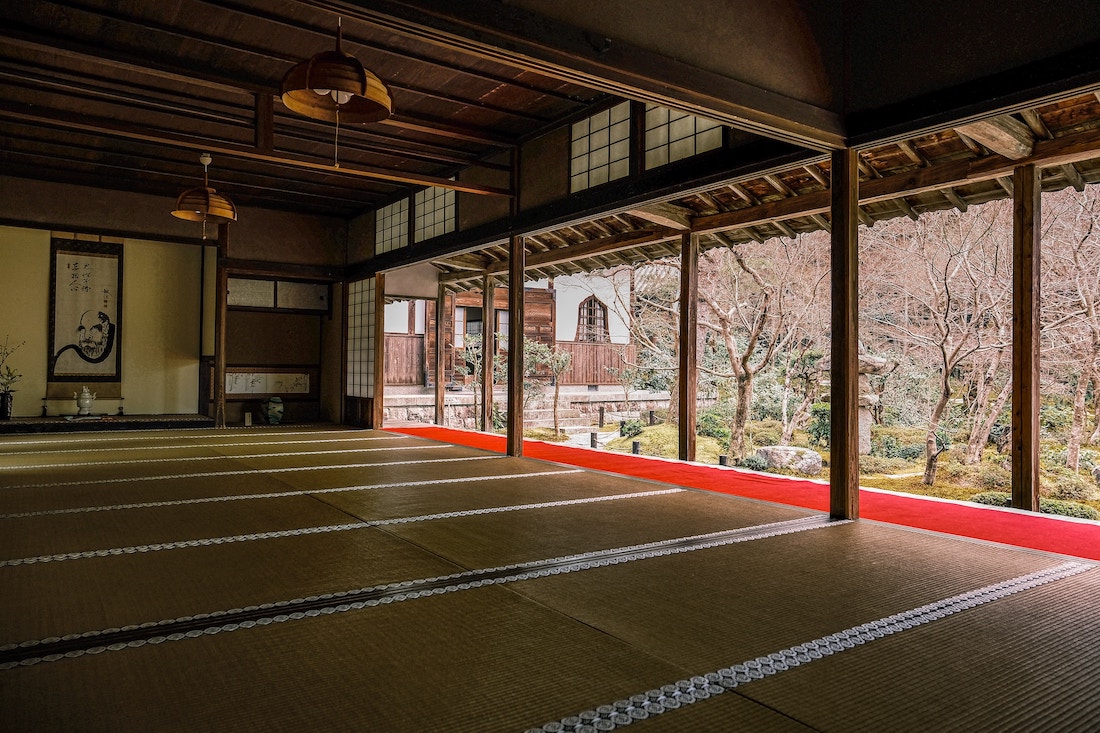
Personal Reflections Zen Buddhism
A meditator learns that the zendo is wherever you sit.
By Roshi Nancy Mujo Baker Mar 24, 2023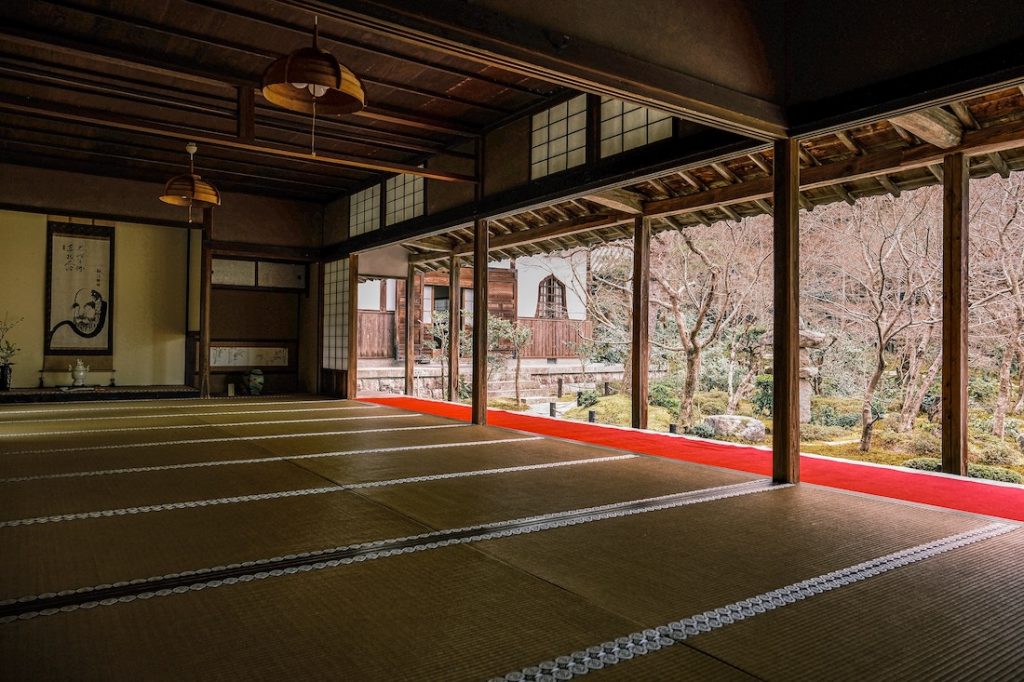 Photo by Takafumi Yamashita
Photo by Takafumi YamashitaI find Japanese architecture and interior design extraordinarily beautiful. This has been true for a long time. In the very early days of my practice, Japanese-style surroundings seemed to be a necessary part of zazen, even if it was in a big old landmark house in Riverdale, New York. Although it wasn’t a monastery in Japan, Zen Center New York did its best to imitate one. It worked as long as you didn’t look at the walls and the ceiling, or the stairway and the carpets outside the zendo.
I remember reading in one of Trungpa Rinpoche’s books that you ought to be able to sit next to garbage cans. Yes, yes, of course, how cool, but actually I couldn’t imagine myself doing such a thing despite the fact that I had first learned to sit zazen to the sound of traffic. Recently a friend gave me the website address for Felsentor, a Zen center in Switzerland. Standing in the gardens surrounding a perfectly gorgeous zendo, apparently constructed exactly as they are in Japan, one sees in the distance a stunning panorama of mountains and water. I hope I get there some day, though probably now sitting in the zendo will be less important than walking around the gardens and hanging out with the view.
What exactly was this need for a particular kind of place in which to sit? When I look back on it, I can remember something about the ordered, simple, and beautiful space the zendo provided that made me feel ordered, simple, and possibly even beautiful. And then there were the sitting robes and a particular posture finally mastered. All of this contributed to a very satisfying self-image—not exactly what zazen is all about. It makes me think of Master Yunmen shouting at his monks that when they sit, they “sit with a sit-view.” Eventually, I realized that I was hitching a ride on the zendo—and it had to look like a zendo. There were two of us: the one learning to sit and the one viewed, looking a particular way in a particular setting.
One day in our group’s early years, before the Berlin Wall had fallen, we were visited by an East German Lutheran pastor. He talked to us about his sitting group. Getting together for such a purpose was actually against the law. He and his friends had to hide in various basements and often change the places where they met. He expressed such a longing to sit and such gratitude that there even was such a thing. It was a privilege to be able to sit together, no matter where, and to be willing to risk getting caught. I will never forget that evening. It really changed something in me.
Another thing that affected me deeply was seeing a photo of Gary Snyder sitting on his zafu alone in the dust outside the fence of a munitions plant he was protesting.
What binds us as a group is sitting together no matter where or how.
That was followed by several years of learning to sit no matter where we found ourselves. After the house in Riverdale was sold, we sat in the basement of a little house in Yonkers, where Bernie Glassman, the founder of Zen Center New York, was doing his work with the homeless. When that space was no longer available, we moved to the floor above the bakery that ZCNY ran in a bad part of town. We shared the open floor with the bakery offices. As time went on our makeshift zendo became smaller and smaller as more room for desks was needed. There was some traffic outside, but more noticeable was the yelling from the bar below. After that, we sat on large rocks at School 6, an old Yonkers school abandoned because of asbestos. When the sit was over each morning, instead of sweeping and polishing the beautiful wood of a Japanese-style zendo, we picked up the beer cans, condoms, and needles left the night before on the sidewalk that ran along the schoolyard. And then, of course, there was sitting on the selection site of Auschwitz for five or six days in late November weather. I had come a long way from “sitting with a sit-view.”
The No Traces Zendo, as we were known then, was nowhere. We sat for a while in a church basement. We couldn’t use zafus and zabutons because the floor was too wet, so we sat in a circle on folding chairs. Nowadays, a small group of us sit on chairs in my modest living room once a week. Once a month we do zazenkai, a daylong sit, at a sangha member’s home overlooking the Hudson in Riverdale. We push back the furniture in her large living room and set up a zendo, arranging the zafus and zabutons that are stored there. And a few times a year we sit at Grail Center, a lovely place that sleeps twenty-five in the heart of the Hudson River Valley.
This is probably the closest we will ever come to a “real” zendo. We are renters and pride ourselves on leaving no traces, although it’s become a bit of a joke that one of us always does leave something behind—a cell phone, a book, a zafu. We were guests at the church and we are guests at our friend’s in Riverdale. In my living room I’m not sure what we are.
Having no home has been a wonderful practice. It’s probably not an accident that one of my favorite 20th-century Japanese Zen Masters is Homeless Kodo. He had no temple. What binds us is sitting together no matter where or how. In addition to sitting, our main practice over the years has been group work, a talking practice we do, where we have learned to be completely open with one another. One evening last year, instead of our talking practice, we sat together in my roof garden for about an hour in total silence watching an amazing sunset over the Hudson River. A few weeks ago on a very icy morning three of us who had managed to get to Sheila’s Riverdale house for zazenkai ended up drinking tea in silence at 6:30 a.m. Eventually, we were joined by others who had successfully braved the ice. We just stayed in the kitchen, where we all had a silent breakfast together. Then we went into the living room, and without making it a zendo, we turned a motley collection of chairs around to face the river to watch the ice floes pass by.
And long before the pandemic, there was Zoom. What is now called The No Traces Sangha includes a few people living in New Hampshire, one in Paris, a couple in California, and even one in Singapore, so we meet virtually for our weekly meeting. Once COVID hit we started a Zoom zendo open twenty-four hours for sitting. Unlike other Zoom zendos, we don’t feature a screen with a picture of a beautiful empty hall with zafus and zabutons neatly lined up with maybe an altar at the end. It’s just us on the screen sitting, some facing the camera, some sitting in profile, and others mysteriously not in the picture but nonetheless there.
Our retreat last summer was in New Hampshire, at a once-working farm. The place was gorgeous—land, trees, gardens, houses. In the house we used for retreats the bedrooms had bedspreads, wallpaper, and rugs. The kitchen was astonishing. A beautiful library replete with books and paintings on the walls served as the zendo. I said to one of the owners and directors of this marvelous place, “We are not used to this.” A true Zen person, she responded, “It’ll be good practice.”
No longer sitting with a sit-view, but in a zendo wherever we sit.
⧫
This article first appeared on Mountain Cloud Zen Center’s site.
Listen to a recent Tricycle Talks episode with Nancy Mujo Baker on the Zen precepts here:
![]()
Thank you for subscribing to Tricycle! As a nonprofit, we depend on readers like you to keep Buddhist teachings and practices widely available.
This article is only for Subscribers!
Subscribe now to read this article and get immediate access to everything else.
Already a subscriber? Log in.

 Fransebas
Fransebas 










